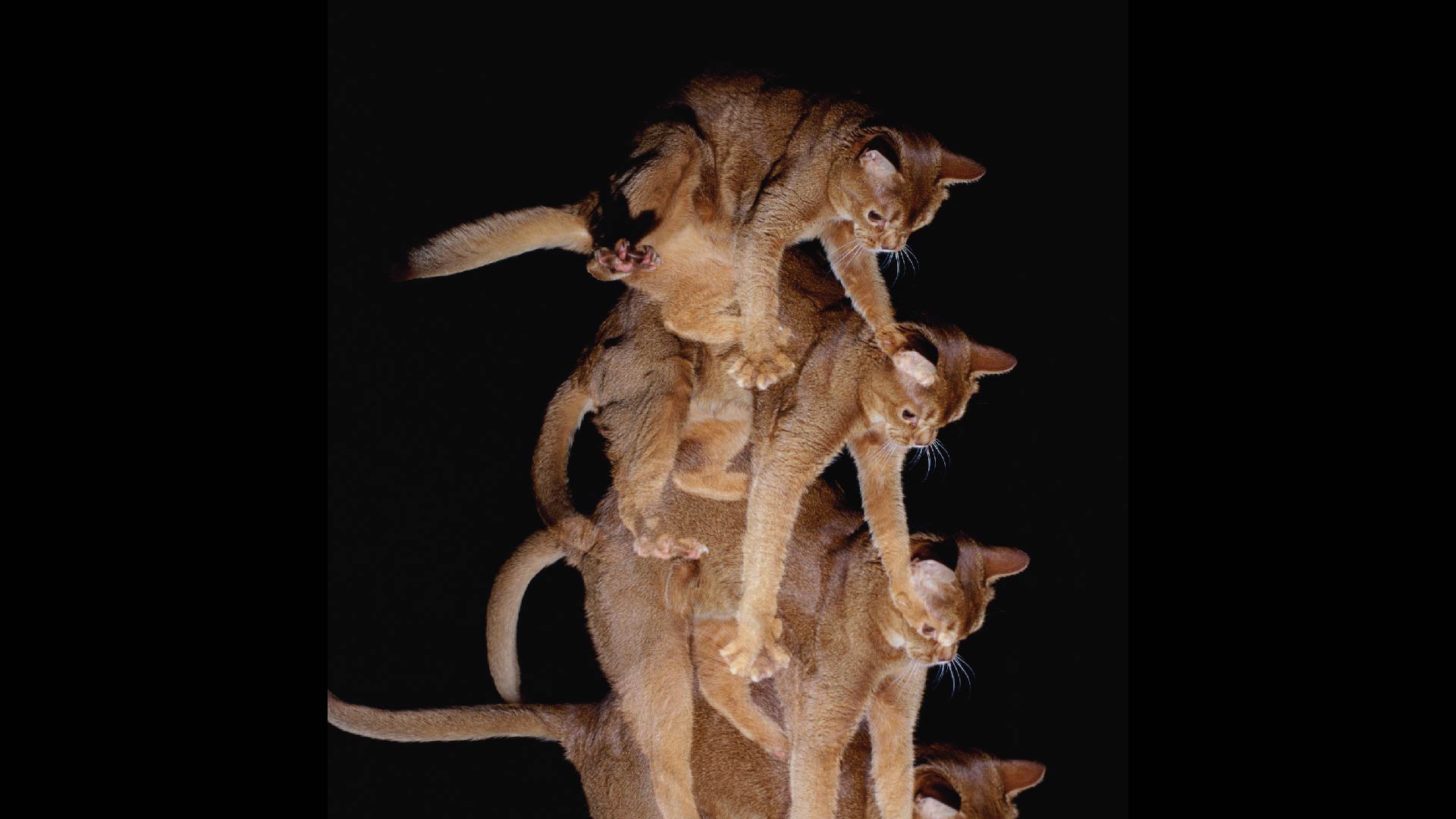Life, Vol. 13, Pages 2138: Baseline Corticosterone, Stress Responses, and Leukocyte Profiles in Chicks of Precocial Birds in Rural and Urban Environments
Life doi: 10.3390/life13112138
Authors: Verónica Quirici Carlos E. Valeris-Chacín Pablo Parada Elfego Cuevas John C. Wingfield
The urban environment produces complex relationship among urban stressors that could change the levels of the steroid hormone, glucocorticoid (GCs). Studies that have evaluated baseline corticosterone (Cort) levels (the main GC in birds) and stress responses during development in urban and rural environments have obtained contrasting results. This ambiguity could partially be because the studies were carried out in altricial species, where parental care and sibling competition can affect Cort levels. Therefore, in this study, we compared levels of circulating baseline levels of CORT (blood sample obtained within 3 min of capture) and stress responses (blood sample obtained 30 min after capture) and the H/L ratio (an alternative method to measure stress) in chicks of a precocial bird, southern lapwings (Vanellus chilensis), from one rural (6 chicks), one urban low-polluted (13 chicks), and one urban high-polluted (10 chicks) site of Metropolitan Region of Santiago de Chile. We observed higher baseline Cort (2.41 ± 1.78 ng/mL) in the urban high-polluted site, a higher H/L ratio (0.51 ± 0.20) in the urban low-polluted site, and similar stress response across the three sites. We propose that the difference in stress physiology we observed within Santiago de Chile is because the two zones are at extremes in terms of stressors (noise, light, chemical, and human presence). It is unusual to find a precocious bird that lives in both urban and rural areas; therefore, the results of this study will advance our knowledge of the effect of the urban environment during the development of wildlife, which is relevant in terms of management and conservation.

 6 months ago
14
6 months ago
14


